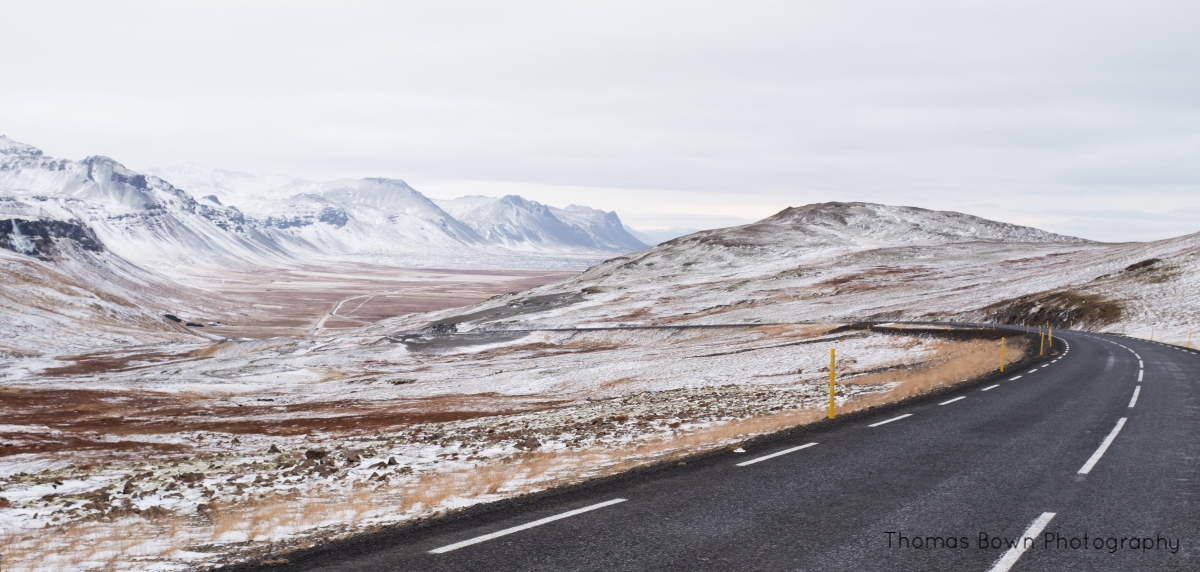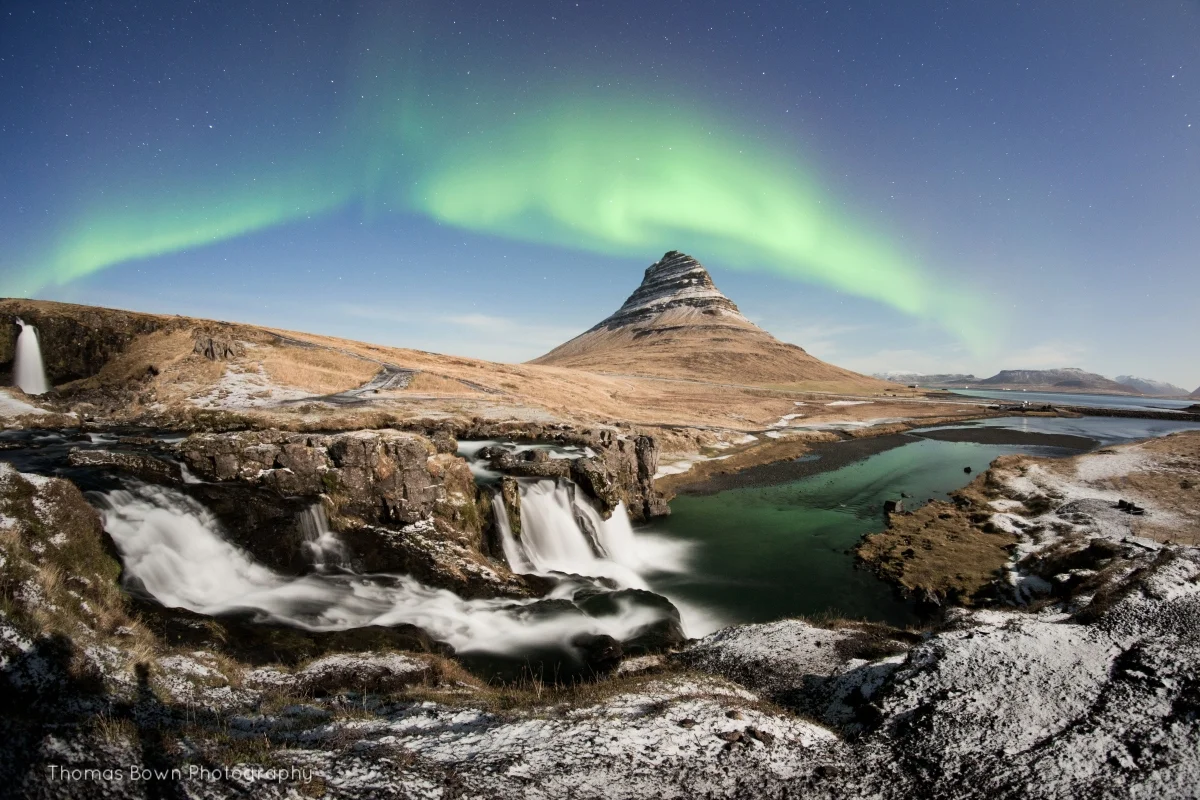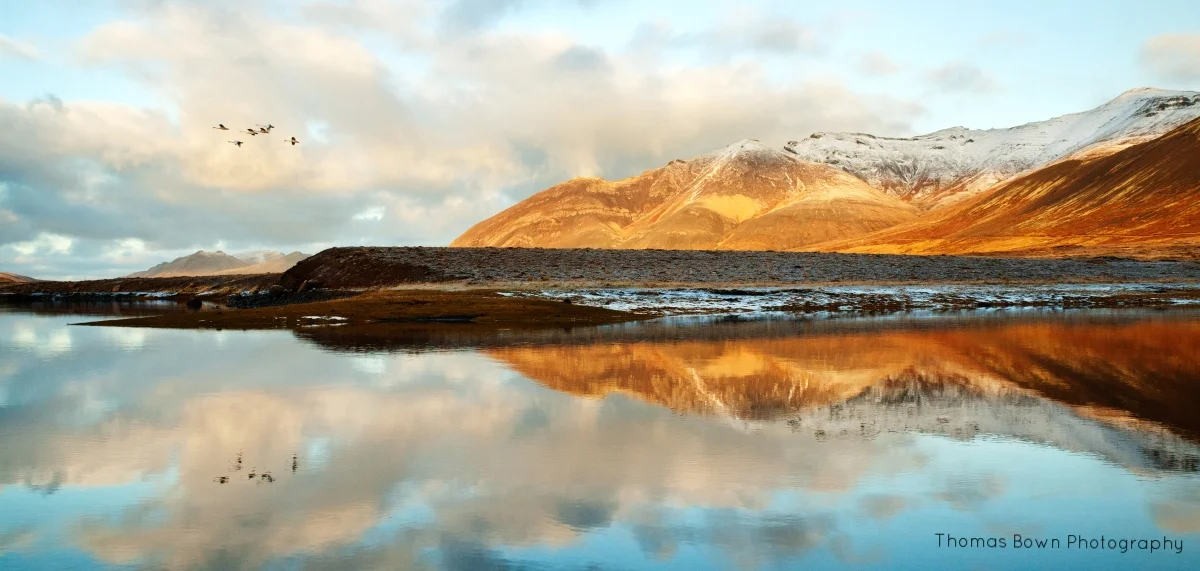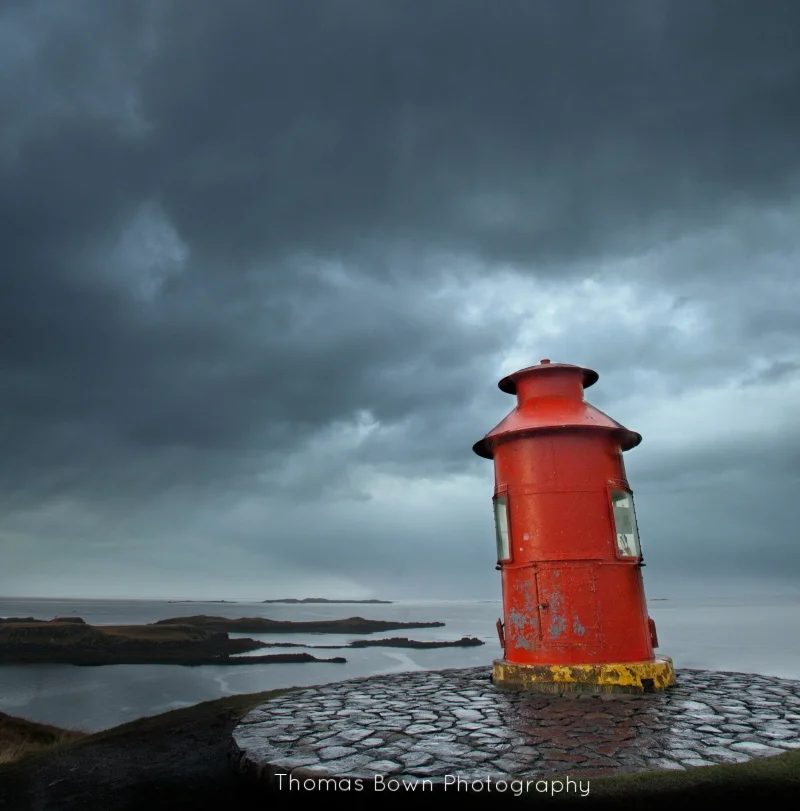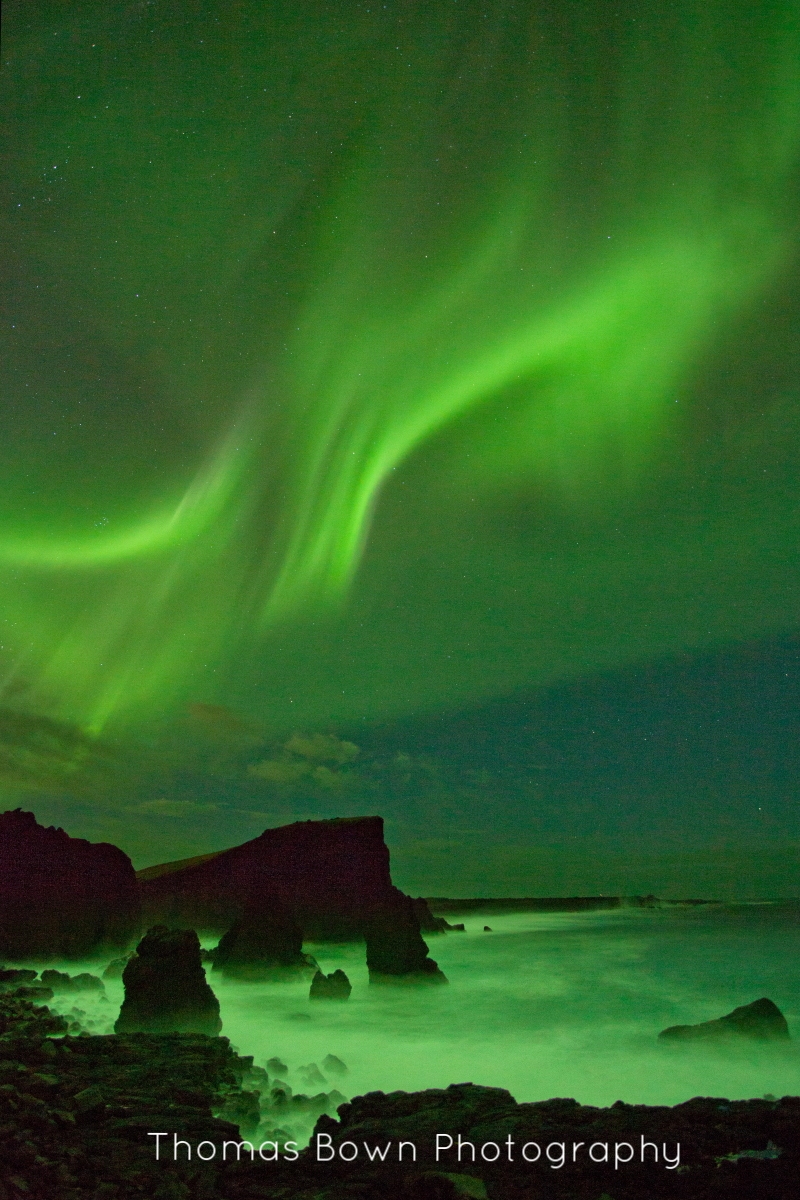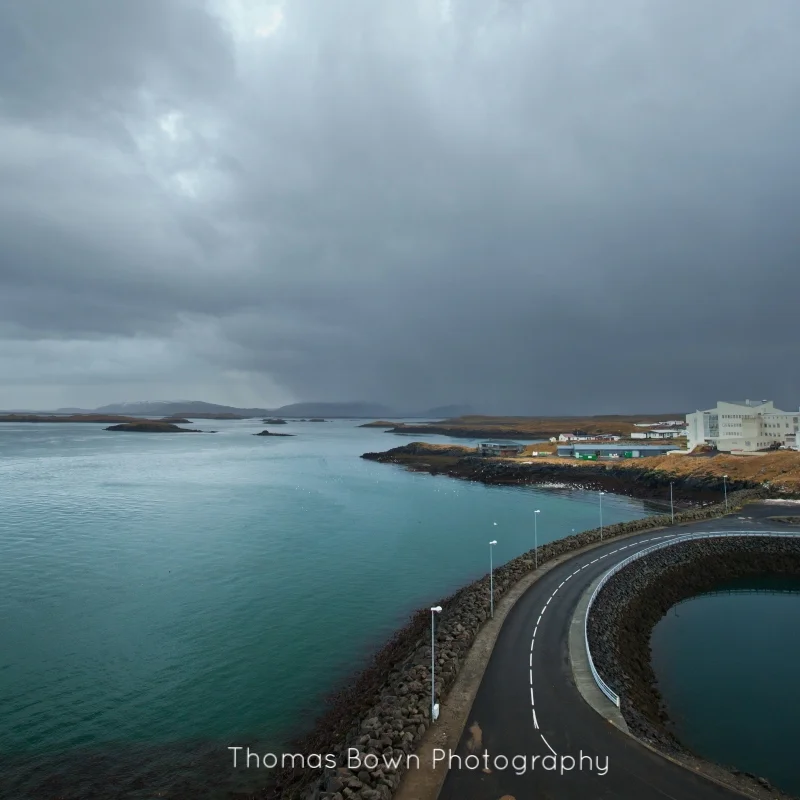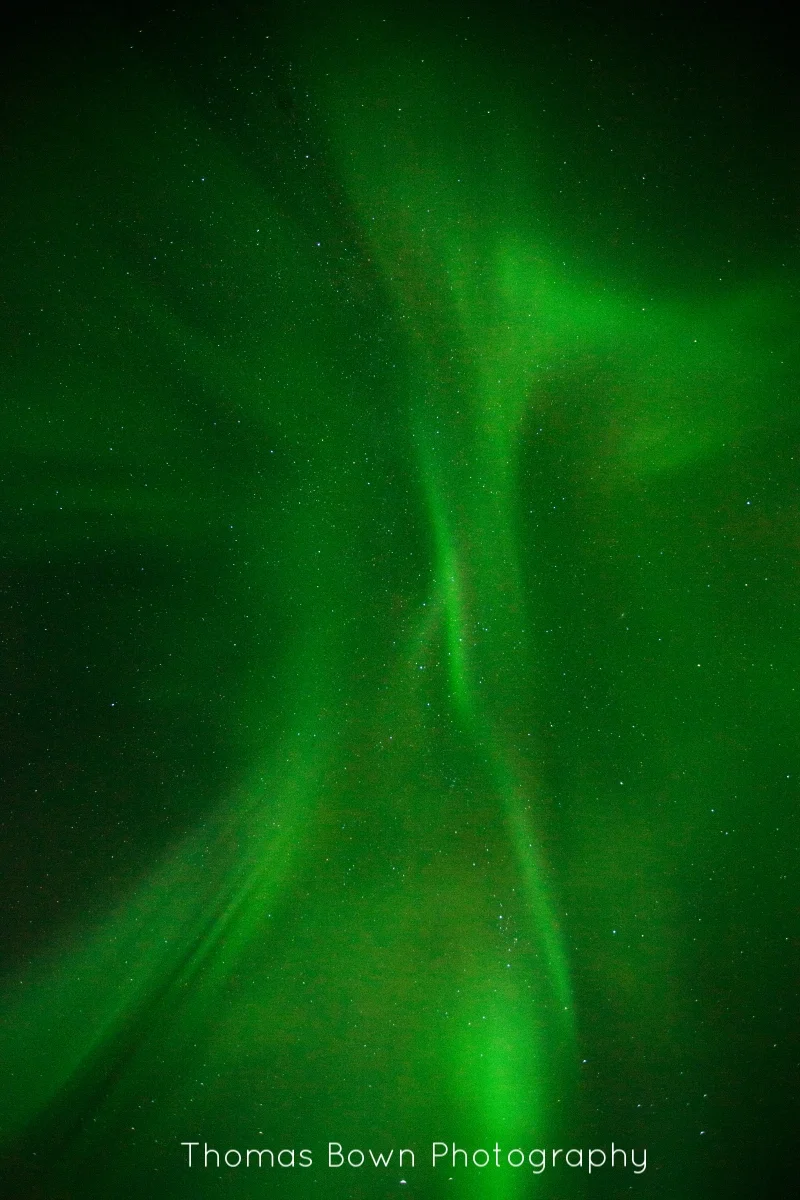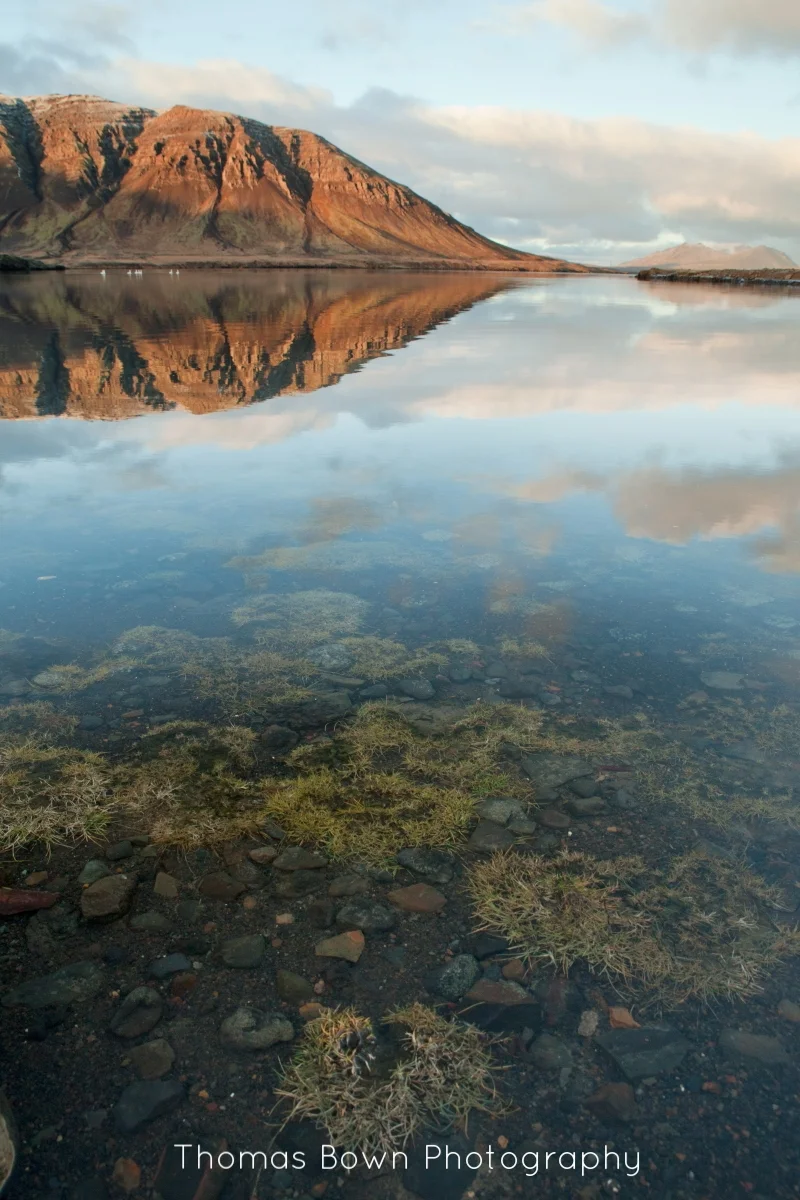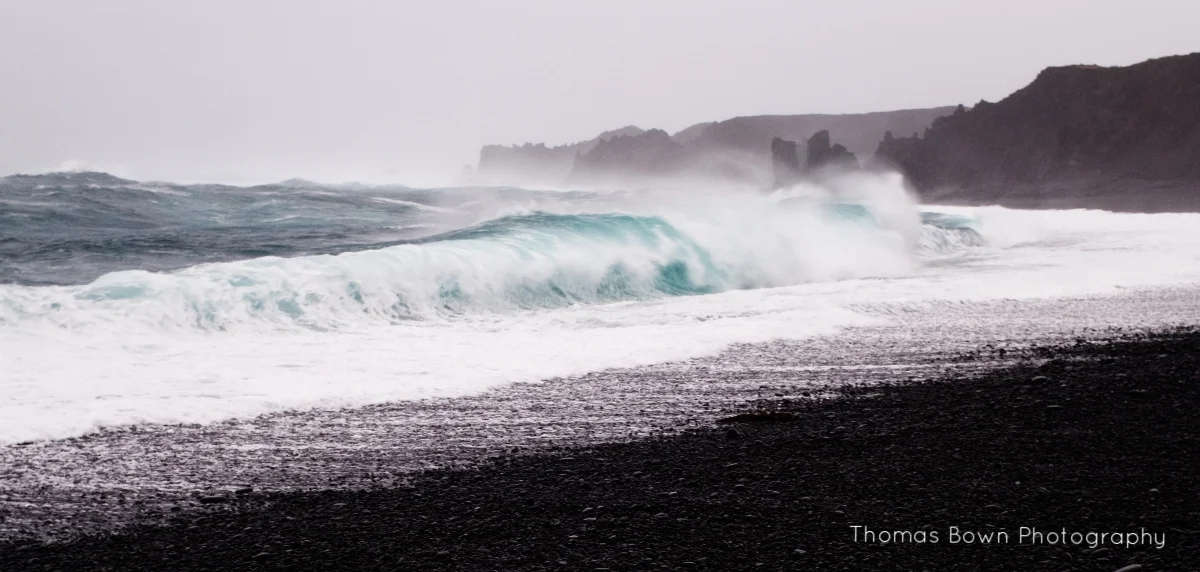I've not long returned from a short trip to Iceland. We only had 6 days start to finish and with the limited daylight time on a trip towards the arctic regions in Winter it meant we were crossing our fingers for good conditions and also for clear night skies coupled with some geomagnetic activity to give us a chance of seeing the aurora... not too much to ask surely! We got lucky: although we had conditions ranging from blue skies and sunshine to a raging Atlantic storm, we had good windows of weather and crucially some of these windows came at night. Also, we were blessed with some intense aurora activity coinciding with the periods of clear skies. A miracle!
Given our limited time on the island we made our way to the Snæfellsnes peninsula as we'd read that it was a great way to see plenty of the features of the island in a relatively small area. Lava fields, fishing villages, rugged coast and mountains are all packed into this small finger of land on the West of the island. We stayed at Grundarfjörður and arrived after a sunny drive but the following day brought brutal winds which meant sightseeing was abandoned in the afternoon after the wind had made us question how strong a gust was needed to flip our vehicle off the road. The following day brought more settled weather and that evening we ventured out to have a look to see if there was any aurora action.
We headed for a view of Kirkjufell, the iconic hill that rises out of the sea just west of the town and which can be nicely framed with a waterfall in the foreground. We weren't disappointed and the first time I’ve seen the lights properly aside from some horizon-anchored smudges in the skies of Pembrokeshire was a special experience. It’s a strange event that people will often describe in bombastic terms but it’s really a very serene phenomenon. Aside from the noise of the tumbling waterfall the lights appear silently as what appeared to be some wispy light cloud against the night sky but soon developed into a cord of light that crossed the sky and slowly undulated and swayed around the heavens. We had a good chance to gaze skyward and enjoy the moment whilst also taking some photos as the lights remained for a while until gradually fading away.
In the next couple of days we explored the area around the Golden Circle of attractions. Geysars, huge waterfalls and volcanic terrain all make for a fascinating landscape but were mostly viewed quickly after a scamper from the car in full waterproofs!
On our last night in Iceland we ventured out on the West coast of the Reykjanes peninsula where the intensity of the aurora really was awe inspiring. The increased level of geomagnetic activity meant there was really powerful curtains of light across the sky and at times, directly overhead a corona where green gave way to red and yellow shades that seemed to be falling from the sky. This time the soundtrack was the pounding waves upon the rocky shore and the sweep of the beam from the nearby lighthouse added to the atmosphere.
I have a funny relationship with some of these shots as one or two feel tainted in several ways. Anyone who follows landscape photography accounts online will probably know Kirkjufell, the most photographed mountain on Iceland. It’s easily accessible and a popular spot with photography groups so I’ve seen the view countless times. On the night we went there, further up the path a workshop leader was barking instructions at his students who were all gathered in the same place to get the same shot. I’m not exaggerating when I say he was like a drill sergeant so I shuffled past in disbelief, into the darkness and found a quiet spot further down the falls. He was the complete antithesis to why I enjoy this kind of photography. For me, solitude is important when engaging in landscape photography. It gives a chance to fully immerse yourself in your surroundings and although I'm trying to capture a particular moment, there is also an appreciation of the changing scene in front of me. I also find it sad that people wish to only collect their version of a shot they have seen countless times before. It feels to me like social media has reduced the planet to only these iconic sights. Like Bruce Lee said... “it’s like a finger pointing a way to the moon, don’t concentrate on the finger or you miss all the heavenly glory”. But at the same time; the spot was on our doorstep, it was an amazing night and maybe this is the most incredible shot I’ve ever taken so I have to try and accept the positives!
Anyway, here are a selection of shots from the trip...

